FAQs
Frequently asked questions about recycling and waste reduction in Cuyahoga County.
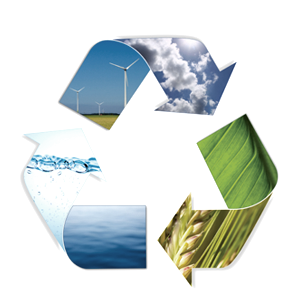
Q1. Why is recycling important?
When you recycle, your used items get a new life. Some materials can travel through the recycling process and be back on store shelves in as little as 30 days! Your aluminum cans, cartons, paper, plastic water bottles and cereal boxes can become many different things.
Additionally, recycling conserves land and natural resources. When you recycle, you keep materials out of landfills where they do not decompose. Instead, you are sending them to a recycling facility to be turned into something useful. Products made with recyclable material use fewer natural resources and energy, making recycling a sustainable activity that also supports local jobs. Recycling is good for the earth and the people who live here now and in the future!
Everything cannot be recycled, so you should always consider reducing and reusing first. If you don't generate the waste to begin with, you don't have to decide how to dispose of it.
Q2: Why do recycling rules change?
Recycling is an industry fueled by environmental responsibility and driven by economics. Recycling rules change over time because recyclables are commodities sold and traded throughout the world. These commodities are subject to market fluctuations. The economics of recycling are rarely discussed but are at the center of the issue of recyclability.
Recycling markets suffered a major upset in 2018 when China implemented the National Sword Policy banning the import of certain types of solid waste, and set strict contamination limits on recyclable materials. China was tired of being the world's dumping ground and demanded cleaner, sorted recyclables to manufacture and produce new goods for sale. Learn more.
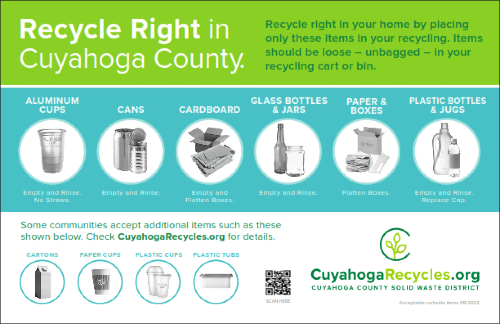
Q3. Is that why the rules for recycling in Cuyahoga County were updated?
To combat contamination and improve focus on recycling right, the Cuyahoga County Solid Waste District launched a recycling education campaign in spring 2016. Recycling guidelines and graphics were updated and simplified to make them easier to understand and help reduce confusion about what can and cannot be recycled.
There are core items that everyone should recycle curbside. In Cuyahoga County, all communities accept aluminum cups, cans, cardboard, glass bottles and jars, paper and boxes along with plastic bottles and jugs. Some local communities, depending on where your recycling is processed, are also able to recycle cartons, paper and plastic cups plus plastic tubs. Recycling should be empty, clean and dry and placed loose - not bagged - in your recycling cart or bin. These items are designated on our website with a blue circle.
See how to recycle in Cuyahoga County or watch our wishcycling video series.
Q4. What happens to my recyclables once they are picked up?
Recycling is collected by your community or a private company, and is hauled to a privately-operated Material Recovery Facility (MRF) that accepts, sorts and processes tons of recyclables every day. All area MRFs accept aluminum cups, cans, cardboard, glass bottles and jars, paper and boxes along with plastic bottles and jugs. Some facilities accept additional materials like cartons, paper and plastic cups plus plastic tubs. Cuyahoga County does not own or operate a MRF.
A MRF is a large sorting facility with many conveyor belts and machinery. Here, recycling trucks are weighed before tipping their loads on the building floor. Mixed recyclables are then scooped up by a front-end loader and placed on the sorting line. Large objects and contamination are removed first. The recyclables then travel through an automated sorting system which uses a disk screen, magnets, optical sorters and workers on the line to separate the materials.
The sorted materials are baled and sold to manufacturers who make them into a variety of new products. Your cereal boxes may become a game board or paper towels, and aluminum cans may become new soda cans or airplane parts. Glass bottles may become kitchen tiles and your soup cans may become new bikes or even a bridge. The cycle is endless.
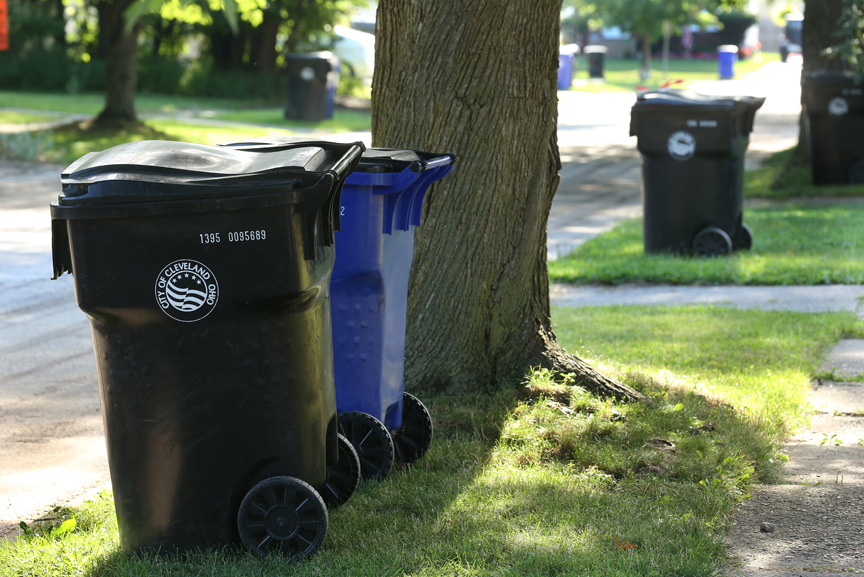
Q5. Which Material Recovery Facilities (MRFs) process recyclables from Cuyahoga County?
Recyclables from Cuyahoga County are hauled to these area Material Recovery Facilities (MRFs):
- Kimble Co. in Twinsburg, Ohio
- Republic Services in Oberlin, Ohio
- Rumpke Waste & Recycling in Columbus, Ohio
- TC Recycling in Mars, PA
- WM (fka. Waste Management) in Akron, Ohio
Waste collection and recycling programs are provided by the 59 communities in Cuyahoga County, not the Solid Waste District. Your community contracts with a MRF for processing the collected recyclables.
Collection methods may look a little different from community to community. Your community designates how and when residents should set out waste for pick up, including the type (or color) of recycling bin or cart that should be used.
Details for each community can be viewed using the dark blue 'What Do I Do With?' search bar located at the top of every page of this website. Allow location services or Select a City in the green drop-down and click See Details. See more.
Q6. What if residents put the wrong things in their recycling? What happens then?
If you put items in your recycling that are not accepted for recycling at the MRF, these items could jam or slow the sorting process and may even endanger workers. Some examples include clothing, plastic film, hoses and cords that tangle in the equipment, large metal objects that damage equipment, and syringes that can harm workers. Other items have little or no value, are too dirty to process, or cannot be manufactured into something new.
Contaminants are costly to the MRF. Eventually, this cost could be passed on to your community because the contaminants must be sorted out and landfilled. That is why it is important to recycle properly. Many items that cannot be recycled at the MRF may be recyclable elsewhere.
Learn more about contamination and wishcycling.
Q7. Why are plastics so complicated?
All plastics are not created equal. And, not all plastics, including those with the 1-7 symbol, are recyclable.
For plastics, we no longer refer to the number on the container. The numbers are resin codes used by the plastics industry to identify the type of chemical compounds used to make the container. Most plastic containers have a code but it doesn't mean the item is recyclable or can be manufactured into something new.
To determine recyclability, we focus on the shape of the container instead of checking its number. Plastic bottles and jugs can be recycled if it has a neck or an opening narrower than the body. Learn more about recycling plastic bottles and plastic tubs. Other plastics like Styrofoam, plates and utensils, takeout containers and clamshells cannot be recycled curbside.
There is an abundance of plastic packaging in our society today and only about 9% of it can currently be recycled. This is due to limited markets for recycled plastic (most manufacturers do not produce packaging from recycled plastic) and the complexities of sorting the various kinds of plastic. If you put the wrong plastics in your curbside recycling, it will not be recycled. Instead, it will have to be sorted and landfilled, which increases the cost of recycling paid by your community, and ultimately, you.

Q8. If a resident moves outside of Cuyahoga County, will the rules for recycling change again?
The MRFs provide recycling processing services to the Northeast Ohio region, so the list of core materials should remain the same. Check with your community or local solid waste district for details and area recycling rules.
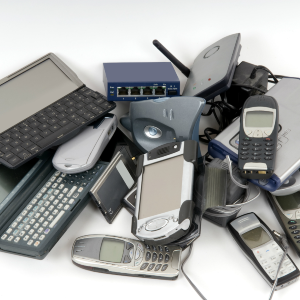
Q9. What about recycling for other things that do not fall under the category of curbside recycling?
Some items don't belong in curbside recycling but can be recycled, reused or donated elsewhere. These items are designated on our website with a yellow circle.
The District sponsors many special collections for what we call “Other Recycling” including holiday lights, cassette tapes, clothing, computers and electronics. Collections take place at Solid Waste District HQ as well as in most communities either year-round or on designated dates. Additionally, many charitable organizations accept donations of clothing and furniture.
Find answers by using the dark blue ‘What Do I Do With?’ search bar at the top of every page of this website. Allow location services or use the city drop-down to find opportunities in your local area.
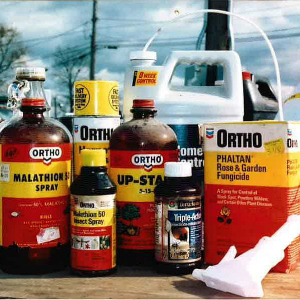
Q10. What about things that require special handling and can not be recycled curbside or elsewhere?
Some items require special handling and simply need proper disposal. These items are designated on our website with a red circle.
The District sponsors or promotes special collections for items that require Proper Disposal such as oil-base paint, pesticides, motor oil, medications, needles and sharps, and tires. Collections take place in most communities either year-round or on designated dates.
Find answers by using the dark blue ‘What Do I Do With?’ search bar at the top of every page of this website. Allow location services or use the city drop-down to find opportunities in your local area.
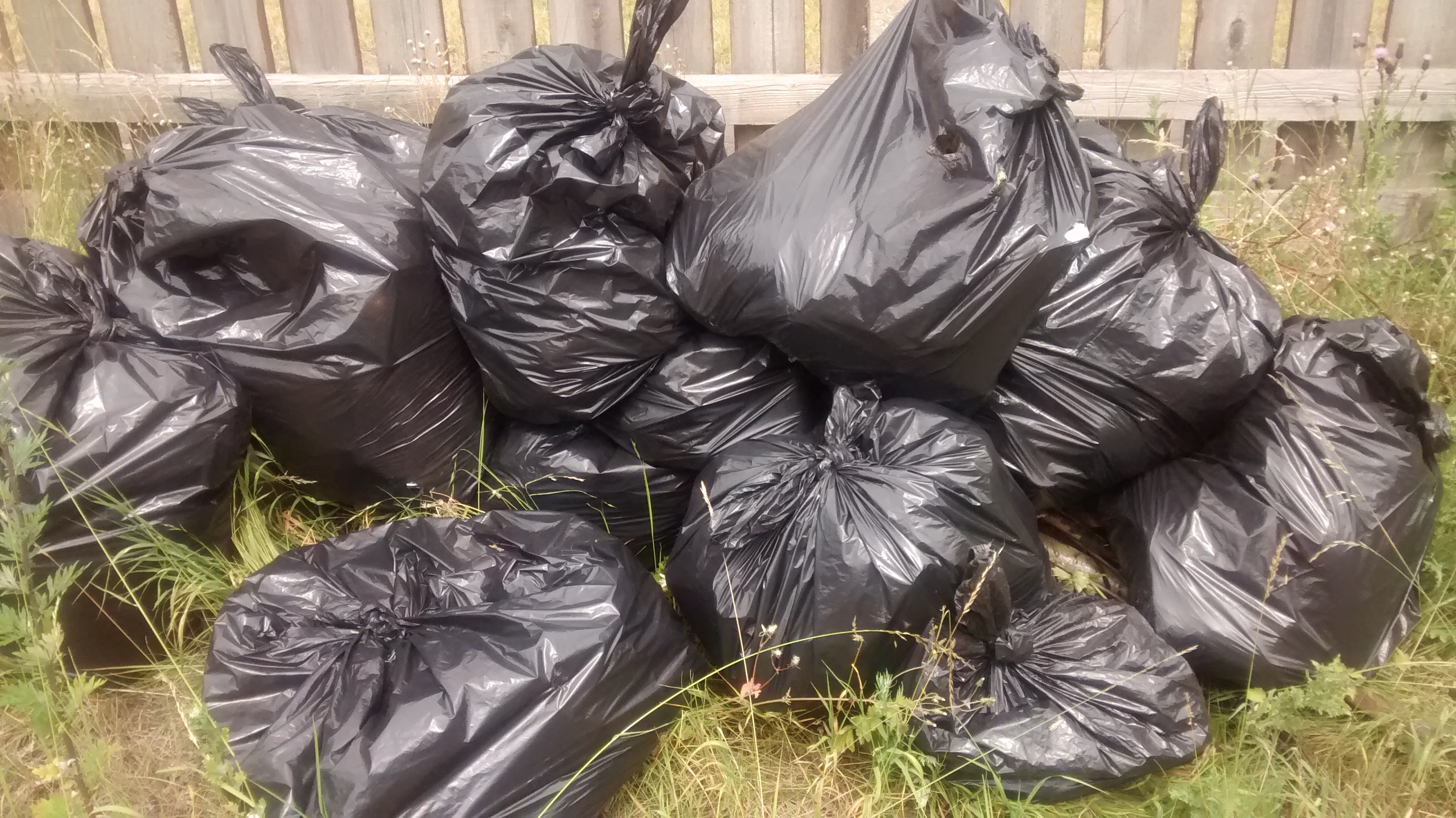
Q11. What about items that must be thrown away?
Not everything can be recycled. Some items must be placed in the trash. Items that should go to a landfill are designated on our website with a black circle.
There are no active landfills in Cuyahoga County. The trash generated in our homes, businesses and schools is collected at the curb or site and taken to a waste transfer station in the county. From the transfer facility, the trash is moved over the road to landfills located throughout Ohio and beyond.
Find answers by using the dark blue ‘What Do I Do With?’ search bar at the top of every page of this website. Allow location services or use the city drop-down to find opportunities in your local area.
Q12. Where can residents learn more about recycling and waste disposal in their community?
The Cuyahoga County Solid Waste District provides recycling information for each of the 59 communities in Cuyahoga County.
Find answers to recycling, disposal and reuse questions by using the dark blue ‘What Do I Do With?’ search bar at the top of every page of this website. Allow location services or use the city drop-down to find opportunities in your local area. See more.
